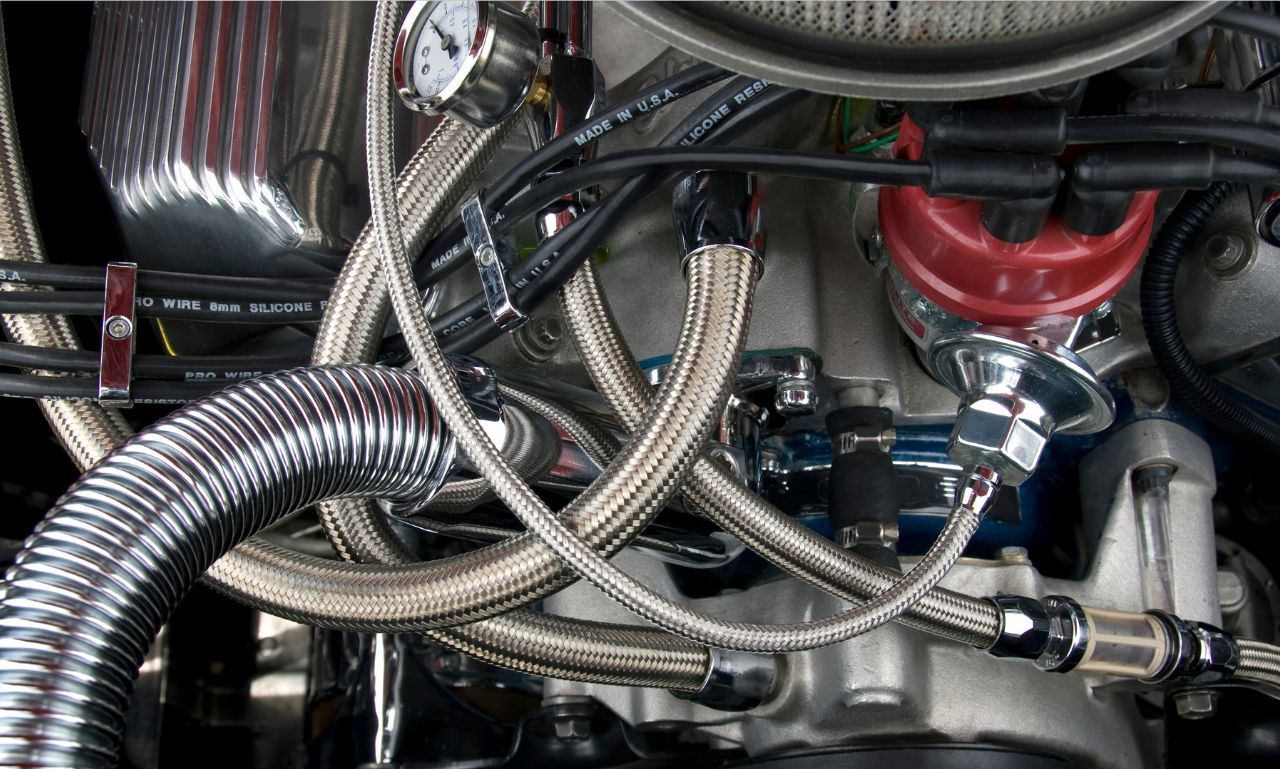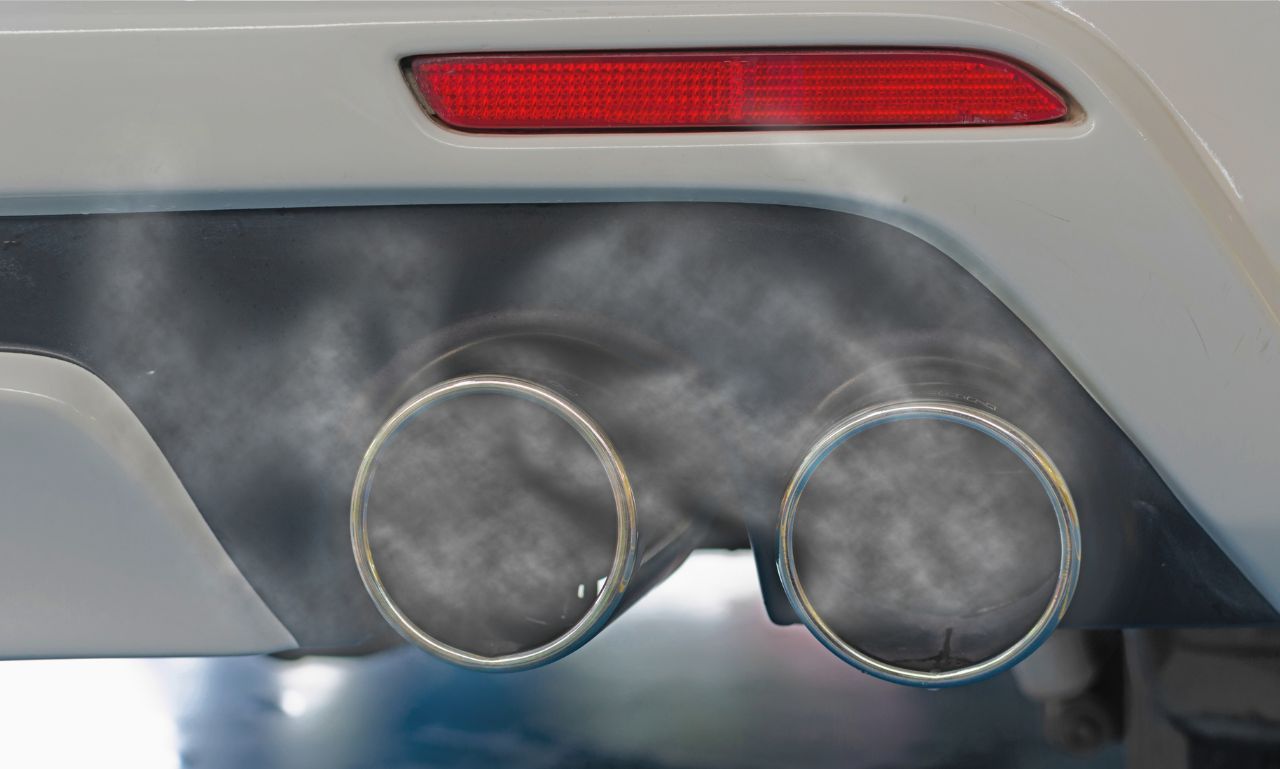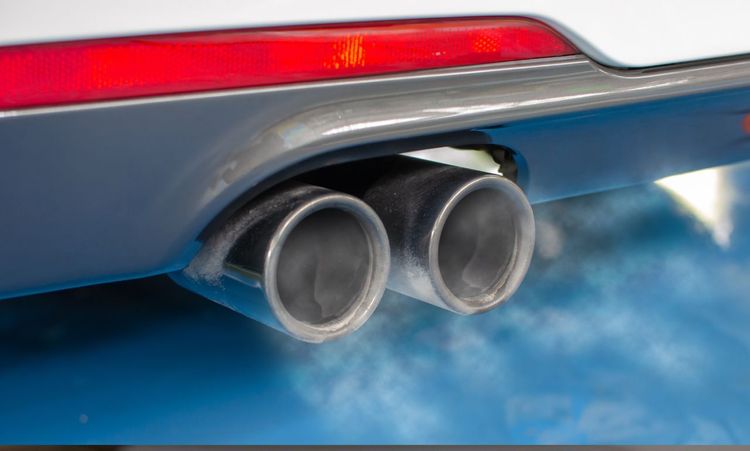When you step on the gas pedal, your car's exhaust roar isn't just noise—it's a symphony of power, performance, and engineering. But have you ever stopped to think about what makes that sound possible? One of the most overlooked yet critical aspects of your exhaust system is the gauge of the exhaust pipe.
The gauge of an exhaust pipe refers to the thickness of its walls. In this guide, we'll explain everything you need to know about exhaust pipe gauges, from how they're measured to how they impact your car's performance.
Why Exhaust Pipe Gauge Matters

Let's start with the basics: why does the thickness of your exhaust pipe matter? The gauge of your exhaust pipe affects three key areas:
- Performance: Thicker or thinner walls can influence exhaust flow, backpressure, and, ultimately, your engine's power.
- Durability: A thicker gauge can withstand more wear and tear, while a thinner gauge might be more prone to damage.
- Sound: The thickness of the pipe can also affect the tone and volume of your exhaust note.
What are the Key Factors to Consider When Choosing an Exhaust Pipe Gauge?
Let's dive into the details.
1. Vehicle Type and Engine Size
The size and power of the engine greatly determine the choice of gauge for an exhaust pipe. Large engines, such as those used in trucks or high-performance sports cars, tend to release more gases. You'll need a thicker gauge pipe with a larger diameter to handle this increased flow. On the other hand, smaller engines—like those in compact cars or hybrids—don't generate as much exhaust flow. For these vehicles, a thinner gauge pipe is often sufficient.
2. Intended Use
How you use your vehicle also matters. A standard gauge pipe will likely meet your needs if you're mostly driving around town or commuting to work. But if you're into racing, off-roading, or other high-performance activities, you'll want a thicker gauge pipe to handle the extra stress.
3. Material Type
The material of your exhaust pipe also influences the gauge you should choose.
Stainless Steel: Because of stainless steel's corrosion and strength characteristics, it can be used in thinner gauges without sacrificing life expectancy. It's utilized in high-performance and luxury vehicles.
- Mild Steel: The cheapest of all; it is more prone to rust and corrosion. If using mild steel, go for a heavier gauge since it has lesser durability.
4. Budget
Thicker gauge pipes, especially stainless steel ones, are more expensive. You might need to compromise on gauge or material if you're on a tight budget. However, investing in a high-quality exhaust system can save you money in the long run by reducing maintenance and replacement costs.
What are the Exhaust Pipe Gauge Measurements?
Now that we've covered the factors to consider let's discuss how the exhaust pipe gauge is measured. Unlike other measurements, it uses the Birmingham Wire Gauge (BWG) system.
What is Birmingham Wire Gauge (BWG)?

The BWG system is counterintuitive because it works on an inverse scale. In other words, a higher gauge number means a thinner pipe wall. For example, a 16-gauge pipe has thicker walls than an 18-gauge pipe.
Here's a quick reference table to help you understand standard exhaust pipe gauges and their approximate wall thicknesses:
GaugeWall Thickness (inches)
11 0.120 - 0.118
12 0.109 - 0.105
14 0.083 - 0.078
16 0.065 - 0.058
18 0.049 - 0.046
20 0.035 - 0.032
Note: These are approximate values. Always check the manufacturer's specifications for exact measurements.
What are the Pros and Cons of Thicker vs. Thinner Exhaust Pipe Walls?
When choosing an exhaust pipe gauge, you’ll need to weigh the pros and cons of thicker and thinner walls. Here's a breakdown:
Thicker Walls
Pros:
- Higher Durability: Thicker walls resist dents, cracks, and corrosion more effectively, hence the best choice for harsh driving conditions.
- Better Heat Dissipation: Thicker pipes can handle higher temperatures, reducing the risk of heat-related damage.
- Reduced Noise and Vibration: This added mass helped in damping the engine noise and vibrations, hence a lot quieter to ride.
Cons:
- Heavier Weight: Thicker pipes add weight to your vehicle, impacting fuel efficiency and performance.
- Higher Cost: The extra material makes thicker gauge pipes more expensive.
Thinner Walls
Pros:
- Lightweight: Thinner pipes are lighter, which can improve acceleration and fuel efficiency.
- Cost-Effective: Thinner gauge pipes are generally more affordable.
Cons:
- Less Durable: Thinner walls are more prone to impact, heat, and corrosion damage.
- Louder Exhaust: Thinner pipes produce a louder, more resonant exhaust note, which might not be ideal for everyone.
What is the Role of Pipe Schedules in Exhaust Systems
In addition to gauge, exhaust pipes are also categorized by "schedule," which refers to the pipe's wall thickness relative to its diameter. While the gauge is based exclusively on wall thickness, the schedule considers both thickness and diameter.
The following are the most common pipe schedules:
Schedule 40: This is the standard on most vehicles and is a good balance between strength and cost.
- Schedule 80: Heavy schedule of thicker wall sizes for heavier high-pressure applications.
- Schedule 160: Used in extreme conditions, featuring the thickest walls for maximum strength.
While schedules are more common in industrial applications, they can be useful for high-performance exhaust systems with higher exhaust gas pressures.
Stainless Steel vs. Mild Steel: Which is Better?

The material you choose for your exhaust pipe can significantly impact its performance and longevity. Let's compare the two most popular options:
Stainless Steel
- Corrosive Resistance: Stainless steel has high resistance to rust and corrosion due to the presence of chromium.
- Durability: It is strong, durable, and resistant to high temperatures and bad weather conditions.
- Aesthetics: Stainless steel is sleek, polished, and shiny, which many car owners love.
Mild Steel
- Cost-Effective: Mild steel is cheaper compared to stainless steel, thus being more favorable for drivers on a budget.
- Strength: Not as strong as stainless steel, but strength can be improved with thicker gauges or protective coatings.
- Availability: Mild steel is widely and readily available to source for fabricating custom systems.
Conclusion
So, what gauge is an exhaust pipe? So, what gauge is an exhaust pipe? It depends on your vehicle, driving habits, and budget. Whether going with a thicker gauge for durability or a thinner one for performance, it's all about finding that sweet spot that works for you. Remember, your exhaust system is more than just a way to expel gases—it's a critical component of your vehicle's performance and sound. Understanding the exhaust pipe gauge empowers you to make good choices that improve your driving experience and protect your investment.




